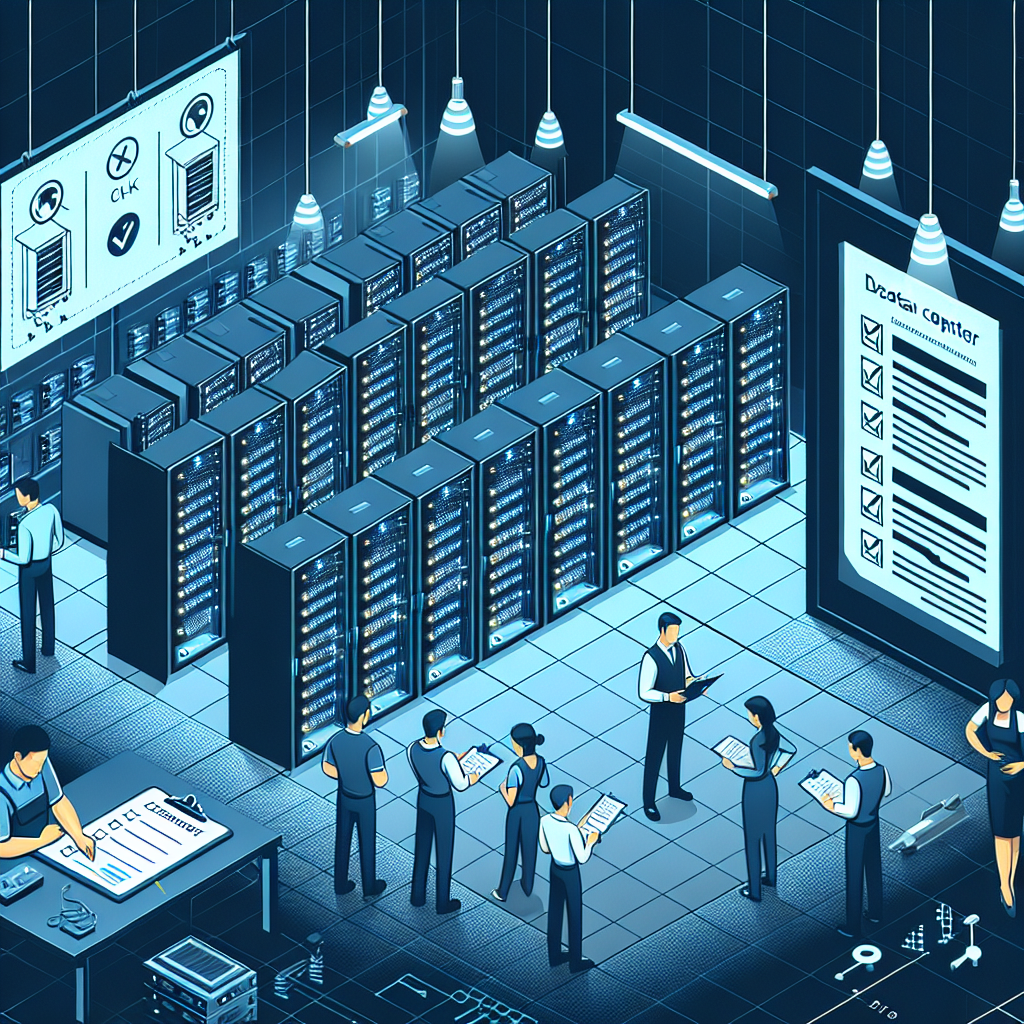Your cart is currently empty!
Best Practices for Maintaining Data Center Compliance through Inspections

Data centers play a crucial role in housing and processing the vast amount of data that fuels businesses and organizations in today’s digital age. With the increasing importance of data security and privacy, maintaining compliance with regulations and standards is essential to ensure the integrity and security of the data center.
One of the key aspects of ensuring compliance is through regular inspections. Inspections are an important part of maintaining data center compliance as they help identify potential risks, vulnerabilities, and non-compliance issues that could compromise the security and integrity of the data center.
Here are some best practices for maintaining data center compliance through inspections:
1. Develop a comprehensive inspection checklist: Before conducting an inspection, it is important to develop a comprehensive checklist that covers all aspects of data center compliance, including physical security, environmental controls, access controls, backup and recovery procedures, and network security. This checklist should be regularly updated to reflect changes in regulations and standards.
2. Conduct regular inspections: Regular inspections are essential to ensure that the data center is compliant with regulations and standards. Inspections should be conducted at least annually, but more frequent inspections may be necessary depending on the size and complexity of the data center.
3. Involve key stakeholders: Inspections should involve key stakeholders, including data center staff, IT personnel, security personnel, and compliance officers. By involving key stakeholders in the inspection process, you can ensure that all aspects of data center compliance are thoroughly evaluated.
4. Document findings and recommendations: During inspections, it is important to document findings and recommendations for addressing any non-compliance issues. This documentation should be shared with key stakeholders and used to develop a plan for remediation.
5. Implement corrective actions: Once non-compliance issues have been identified, it is important to implement corrective actions in a timely manner. This may involve upgrading security systems, improving access controls, or updating policies and procedures.
6. Monitor and track compliance: After implementing corrective actions, it is important to monitor and track compliance to ensure that the data center remains compliant with regulations and standards. This may involve conducting follow-up inspections and audits to verify compliance.
By following these best practices for maintaining data center compliance through inspections, organizations can ensure the security and integrity of their data center and protect sensitive information from cyber threats and breaches. Inspections play a critical role in identifying and addressing potential risks and vulnerabilities, allowing organizations to proactively address compliance issues and maintain the trust and confidence of their customers and stakeholders.

Leave a Reply